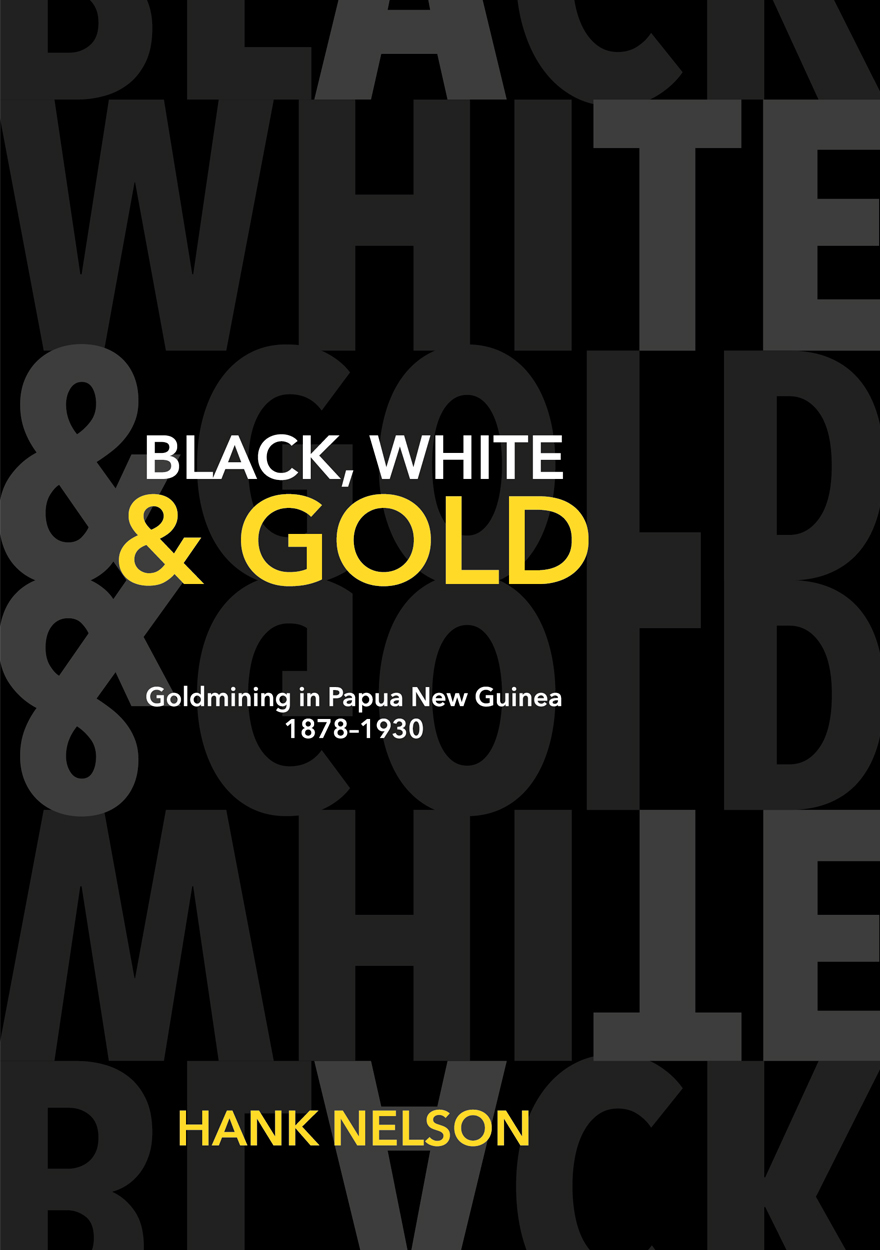Hank Nelson
Hank Nelson graduated from the University of Melbourne. He taught in government schools and at the Royal Melbourne Institute of Technology before being appointed to the Administrative College in Port Moresby in 1966. In 1968 he joined the History Department of the University of Papua New Guinea, where he taught until he moved to The Australian National University in 1973. After initially joining the Research School of Social Sciences, he was appointed in 1975 to the Department of Pacific and Southeast Asian History, where he held various positions before becoming a Professor in 1993. After he retired in 2002 he continued his association with ANU as Visiting Fellow, Division of Pacific and Asian History, Research School of Pacific and Asian Studies, and as Chair of the State, Society and Governance in Melanesia Program. His books include Papua New Guinea: Black Unity or Black Chaos and Taim Bilong Masta: The Australian Involvement in Papua New Guinea. Hank wrote on a wide variety of topics and he and his work are remembered by students and colleagues in The Boy from Boort, published by ANU Press (2014).




